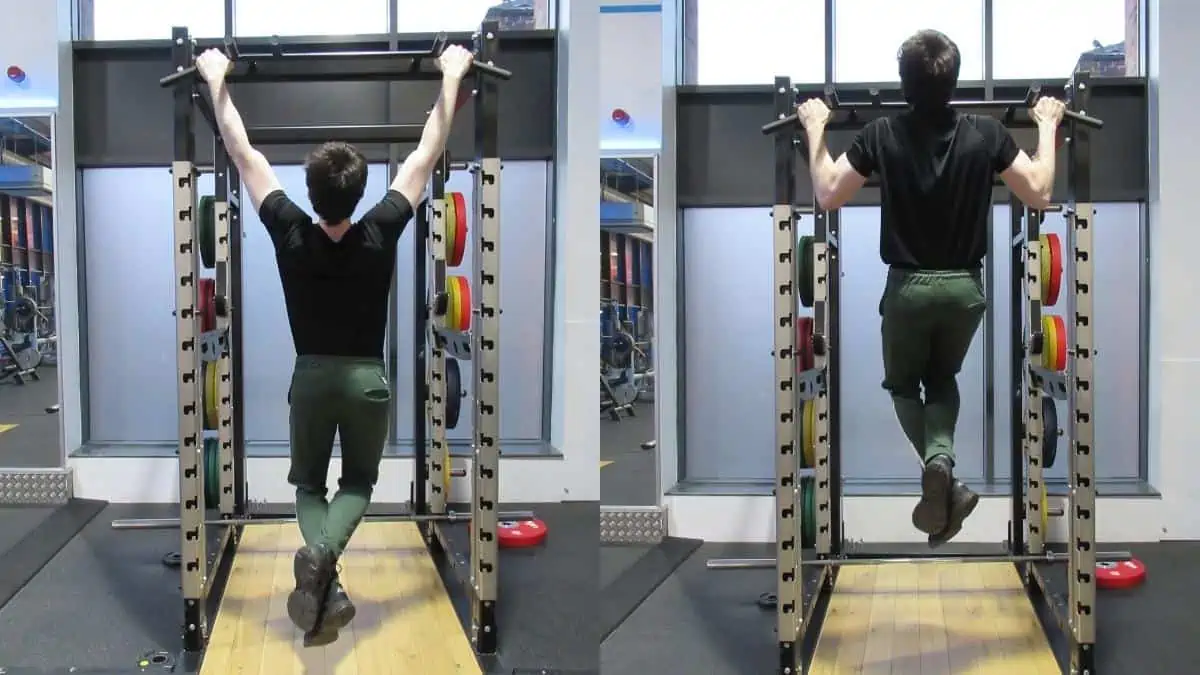Pull ups are a phenomenal exercise for building a wide back and a better v taper. Often considered the king of upper body exercises, pull-ups are also effective for building your biceps, forearms, and core muscles.
Yet, many lifters report feeling pull ups and chin ups in their triceps, which can make it harder to feel your lats working.
With that in mind, this guide explains why pull-ups work your triceps and then offers some practical tips for both reducing and increasing your triceps activation during pull ups and chin ups.
Related Posts:
Do pull ups work your triceps?
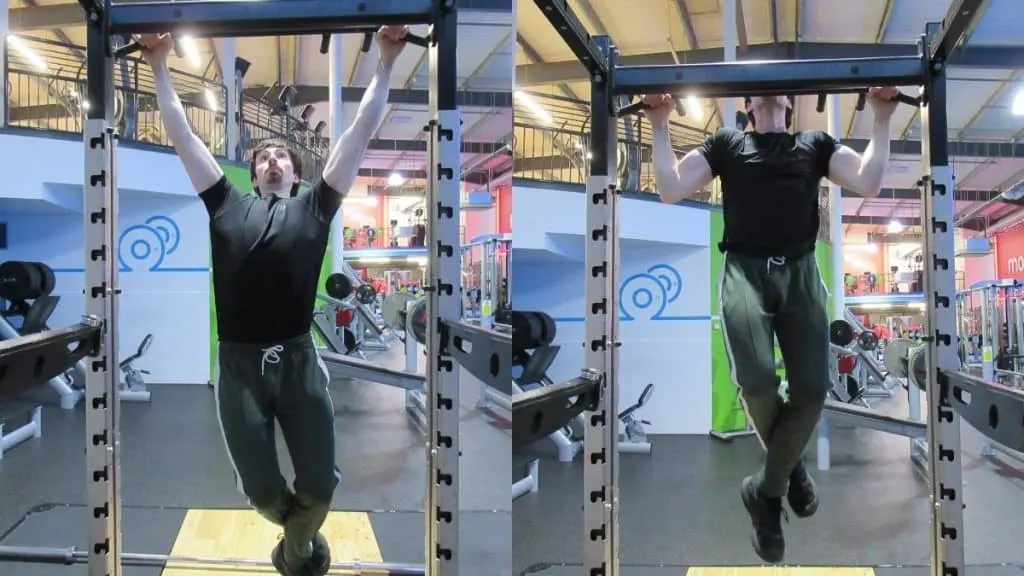
Do pull ups work your triceps? Yes, pull ups do work your triceps because pull ups train the anatomical function that’s known as shoulder extension, which is performed by the lats and the long head of the triceps brachii.
Although you can’t completely remove your triceps from the movement (the long head of the triceps is a shoulder extensor, after all), you can drastically reduce the triceps activation by using better pulling technique.
Do chin ups work your triceps?
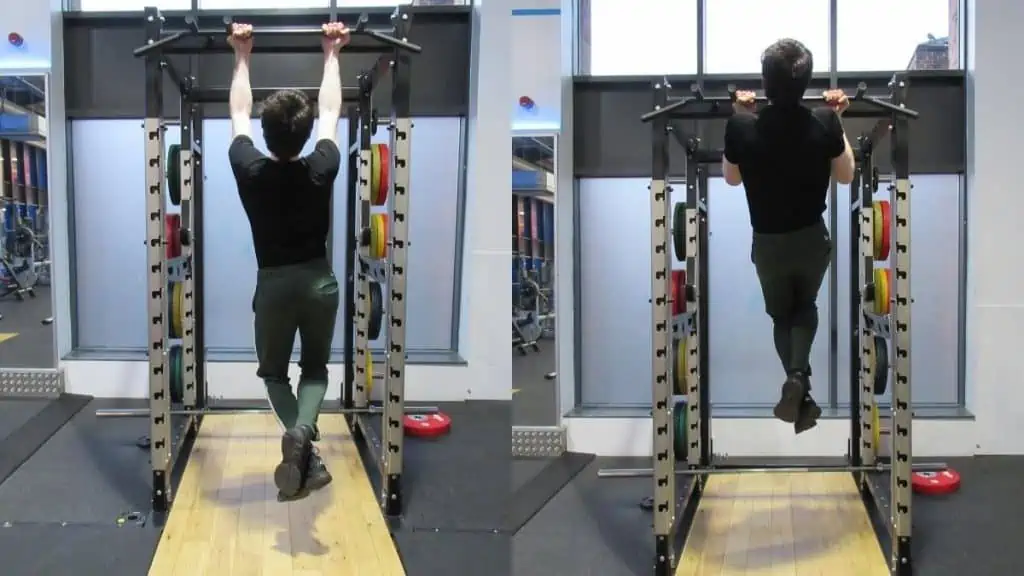
Do chin ups work your triceps? Yes, in addition to working your back muscles and your biceps, chin ups also train the long head of the triceps. This is because, like pull ups, chin ups train shoulder extension, which is a function that’s performed by the triceps and the lats.
You may feel your triceps working less in chin ups than in pull ups because your biceps are more active during chin ups due to the underhand grip. As such, your biceps may fatigue before your triceps have a chance to receive full stimulation.
Why are my triceps sore after pull ups?
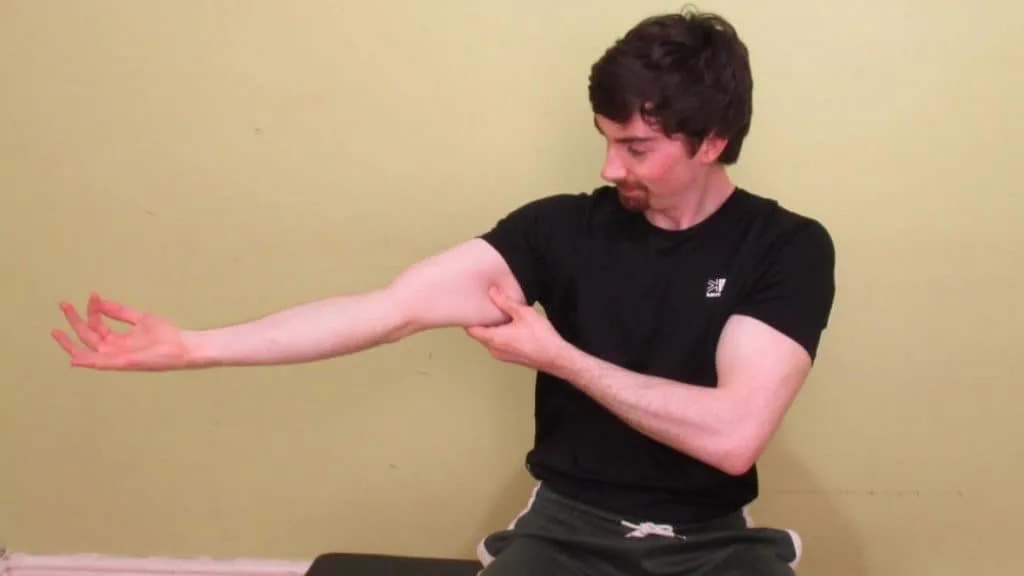
If your triceps are sore after pull ups, then it’s likely because the long head of your triceps is getting stretched when you lower yourself down. In other words, you’re putting your triceps under a deep weighted stretch, which is the reason that they feel pumped during your session and sore after your workout.
While the tricep soreness could also be due to an injury, the more likely explanation is delayed onset muscle soreness (DOMS).
Muscle soreness is an indication that the muscle in question received a good workout. However, when a particular muscle gets put under a deep stretch (which is the case for the triceps during pulling exercises), it may end up being more sore than usual.
How can you stop feeling your triceps during pull ups?
While there’s nothing wrong with performing pull ups for triceps development, many people want to make pull-ups and chin-ups their primary back-builder. As such, it can be really annoying when you end up feeling your triceps working more than your lats.
Try assisted pull-ups
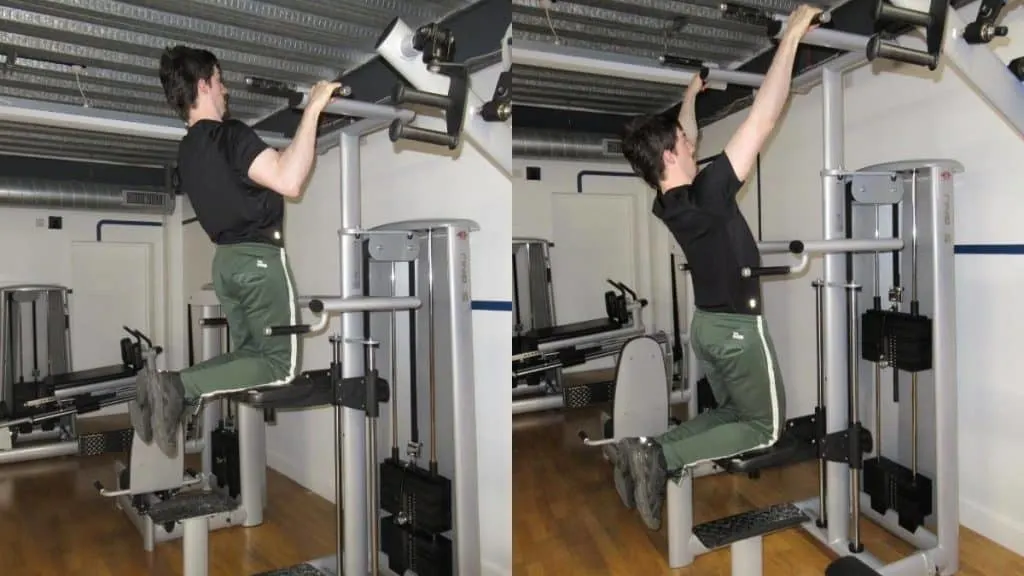
Pull ups are a much harder exercise than many people believe. After all, you’re only lifting your body weight, right?
However, if you’re carrying excess body fat, don’t have that much strength, or simply haven’t practiced pull ups in a while, then it can be hard to do more than a few reps of bodyweight pull ups.
So if pull ups feel really challenging, then your body may naturally bring other muscle groups into the movement to help out your back. Since your triceps are a very powerful and fast twitch muscle—and since they naturally assist with shoulder extension anyway—they’re the obvious choice for helping out your back.
For this reason, reducing the resistance by performing assisted pull ups (which you can do either on the assisted pull up machine or with a band) is a great way to make the movement back-dominant rather than arm dominant because you’ll naturally be able to focus more on stretching and squeezing your lats.
Slow down your reps

Lifting explosively enables you to move heavier weights. But that’s for the concentric phase of the rep. When you lower the weight (in this case, your own body), there’s absolutely no harm in performing a slow-negative.
Lowering your body in a slow and controlled manner will enable you to feel your lats stretching while giving you ample time to get your body in position for the next rep—more on that in a sec.
Performing controlled repetitions will also enhance your muscle growth because you’ll be putting your back muscles under greater amounts of tension. So even though you may be lifting lighter, you’ll actually be making the target muscles do more work (muscles don’t know what “weight” is, they just respond to tension).
Pull with your back
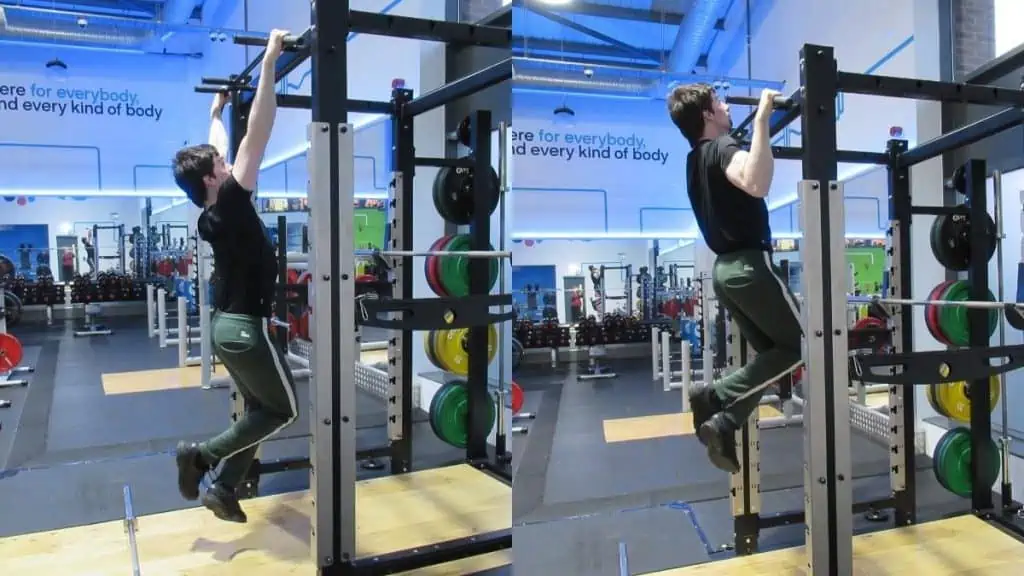
If you don’t put your body in the correct position, then you’ll effectively be doing a triceps pull up rather than a back-dominant pull-up.
If you don’t arch your upper back and pin your shoulder blades back, then your lats won’t be able to contract as effectively, which pretty much guarantees that your triceps are going to perform a large amount of the work.
Think about starting each rep with a big lat squeeze. Picture your shoulder blades coming together and your lats knotting up in an intense muscle contraction.
Don’t sweat it if you still feel your triceps working to an extent because they are a shoulder extensor, after all. However, after making these improvements, you should feel your lats doing the vast majority of the work.
Read More: Calisthenics tricep workout│Tricep and back workout
Can you do a tricep workout on a pull up bar?
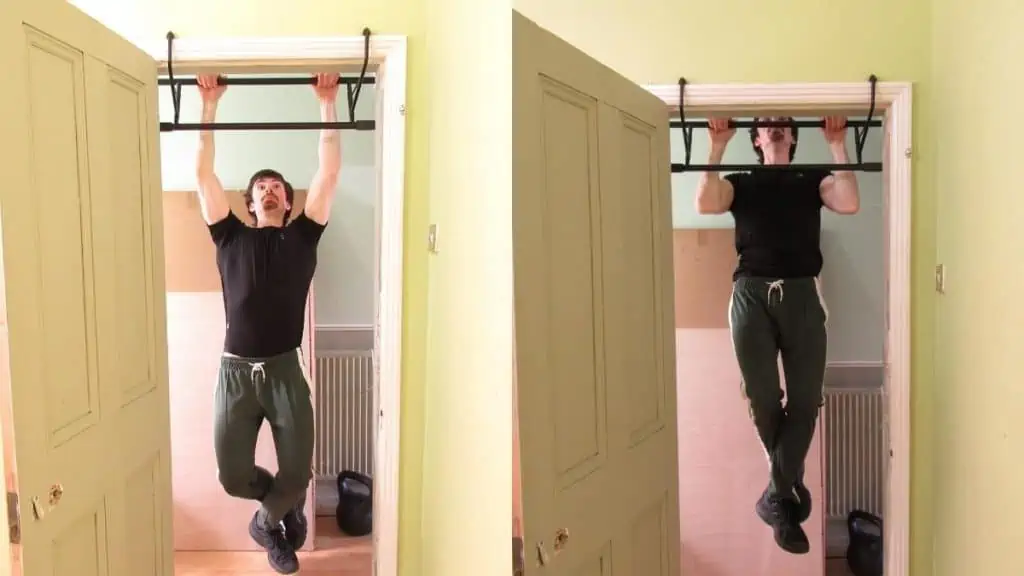
While you can’t isolate your triceps with a pull-up bar, you can train your triceps during pull-ups, which some people may want to do if their triceps are lagging.
After all, can you ever have triceps that are too big? Not if you want to grow your arms.
Therefore, if you want to improve your pull-up strength and tricep development and have already nailed the technique, then it can make sense to allow your triceps to contribute some force during the movement.
You can also do chin ups for triceps development in much the same way; just pull yourself up using good form and don’t worry about feeling your triceps working. Just note that during chin ups, you’ll feel your biceps working to a much greater extent than during pull ups.
Conclusion: Should you do pull ups for triceps development or not?
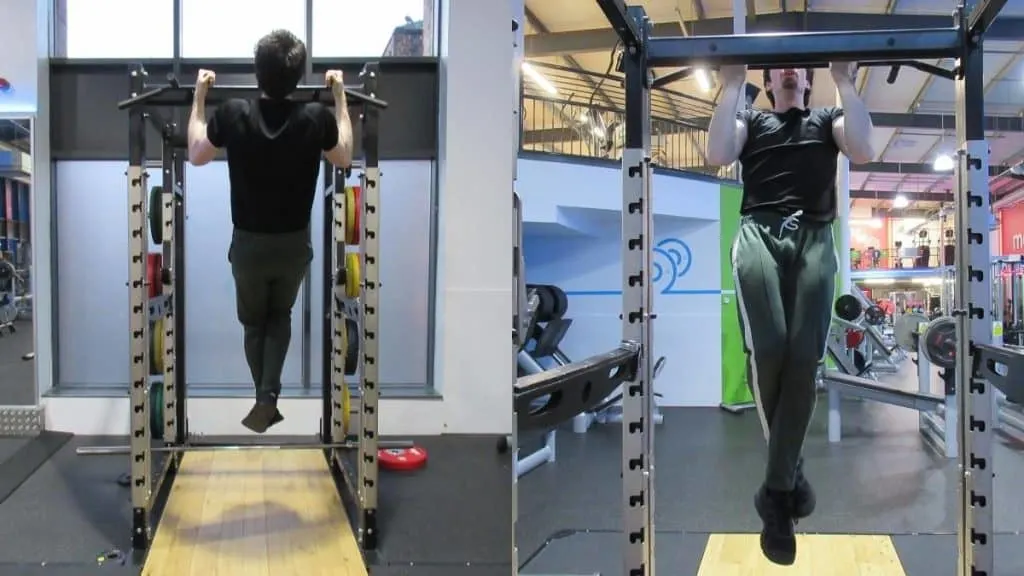
If your physique could benefit from bigger triceps, then it can make good sense to perform pull ups for triceps development. Even though you’re not isolating your triceps with pull ups, you are still stretching the long head of the triceps, which is the single biggest muscle in your upper arms.
On the other hand, if you feel like your triceps are taking over from your lats during pull ups and chin ups, then try to improve your lifting technique by slowing down your reps, reducing the resistance, and actively pulling with your back muscles.

